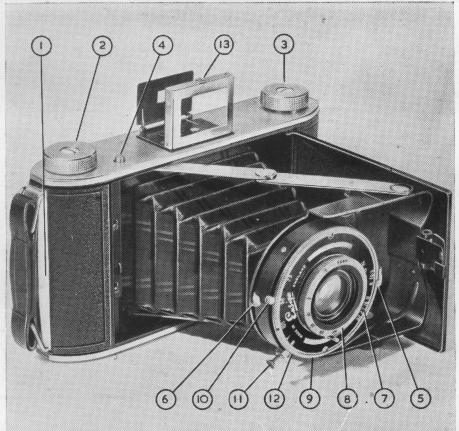The next page contains information on this camera.
If
the image below looks like your camera,
click below to see the PDF manual.
The next page also contains information
on how to donate to this site.
www.PayPal.me/butkus
Venmo @mike-butkus-camera Ph 2083
Click here for Camera Manual site
CLICK HERE TO CONTINUE TO
Ensign Ranger HTML MANUAL
CLICK HERE TO GO TO A Ensign
Ranger II PDF
CREATED FROM HTML FILE
